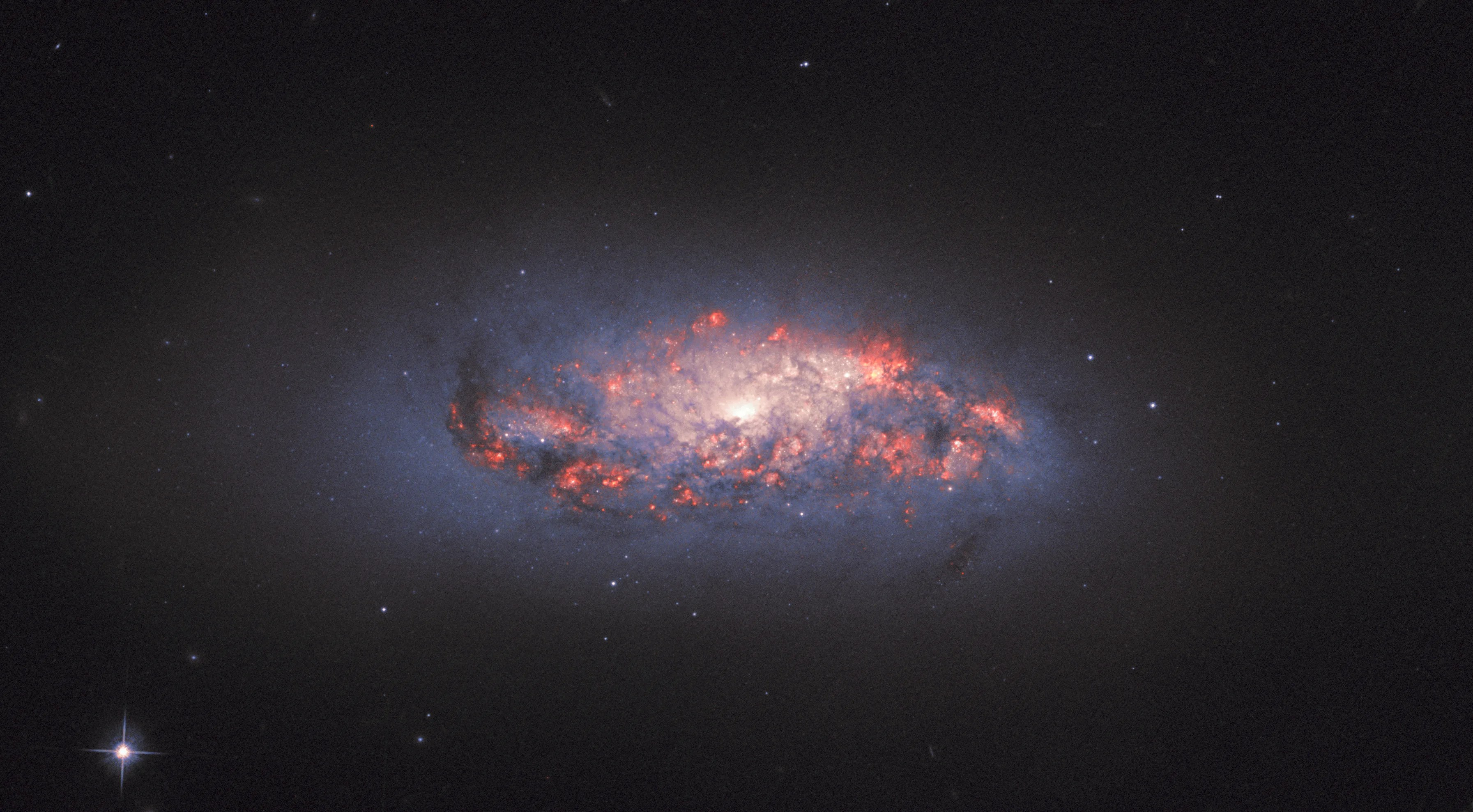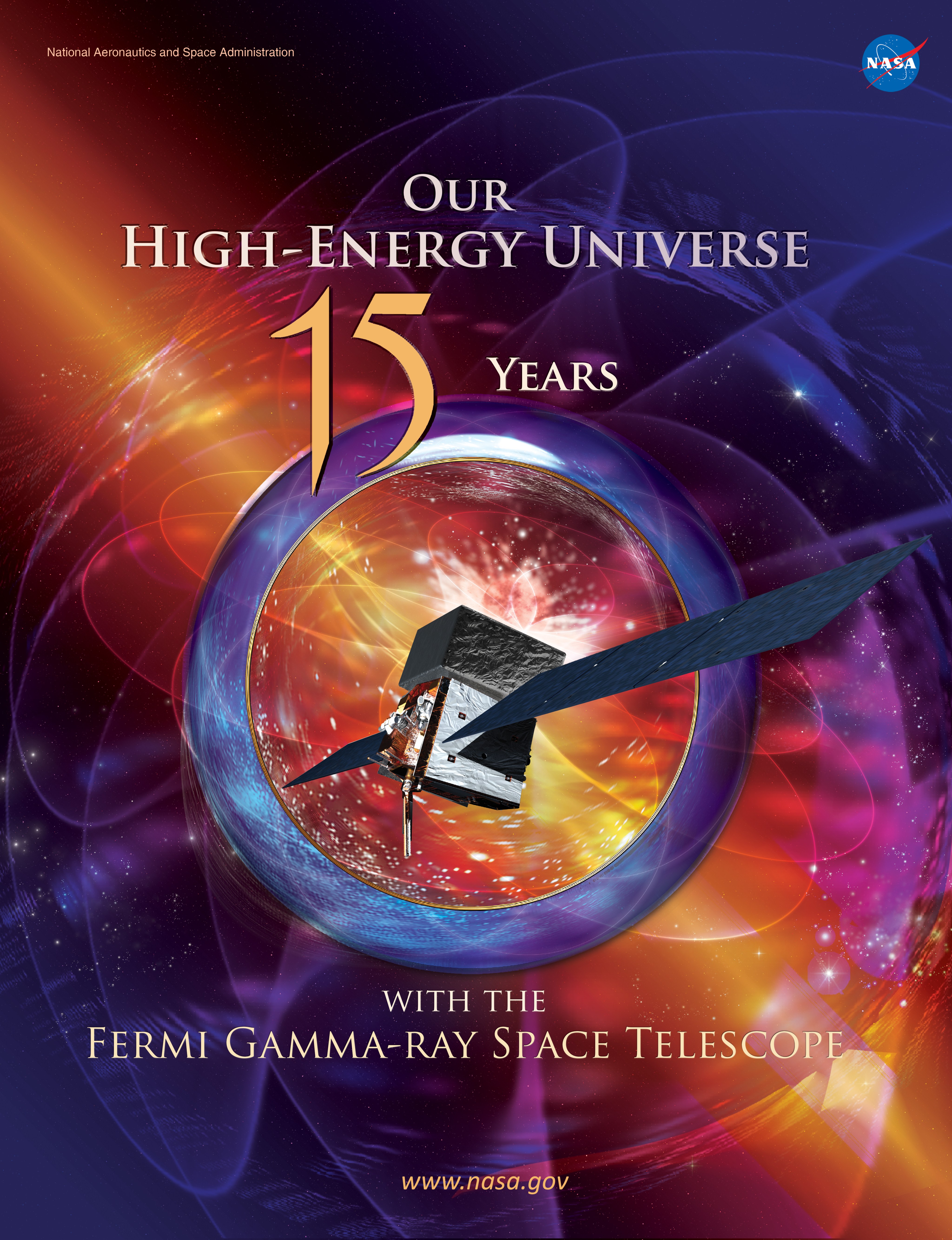1 min read

This NASA/ESA Hubble Space Telescope image shows bright, colorful pockets of star formation blooming like roses in a spiral galaxy named NGC 972.
The orange-pink glow is created as hydrogen gas reacts to the intense light streaming outwards from nearby newborn stars; these bright patches can be seen here amid dark, tangled streams of cosmic dust.
Astronomers look for these telltale signs of star formation when they study galaxies throughout the cosmos, as star formation rates, locations, and histories offer critical clues about how these colossal collections of gas and dust have evolved over time. New generations of stars contribute to — and are also, in turn, influenced by — the broader forces and factors that mold galaxies throughout the universe, such as gravity, radiation, matter, and dark matter.
German-British astronomer William Herschel is credited with the discovery of NGC 972 in 1784. Astronomers have since measured its distance, finding it to be just under 70 million light-years away.
Text credit: ESA (European Space Agency)







